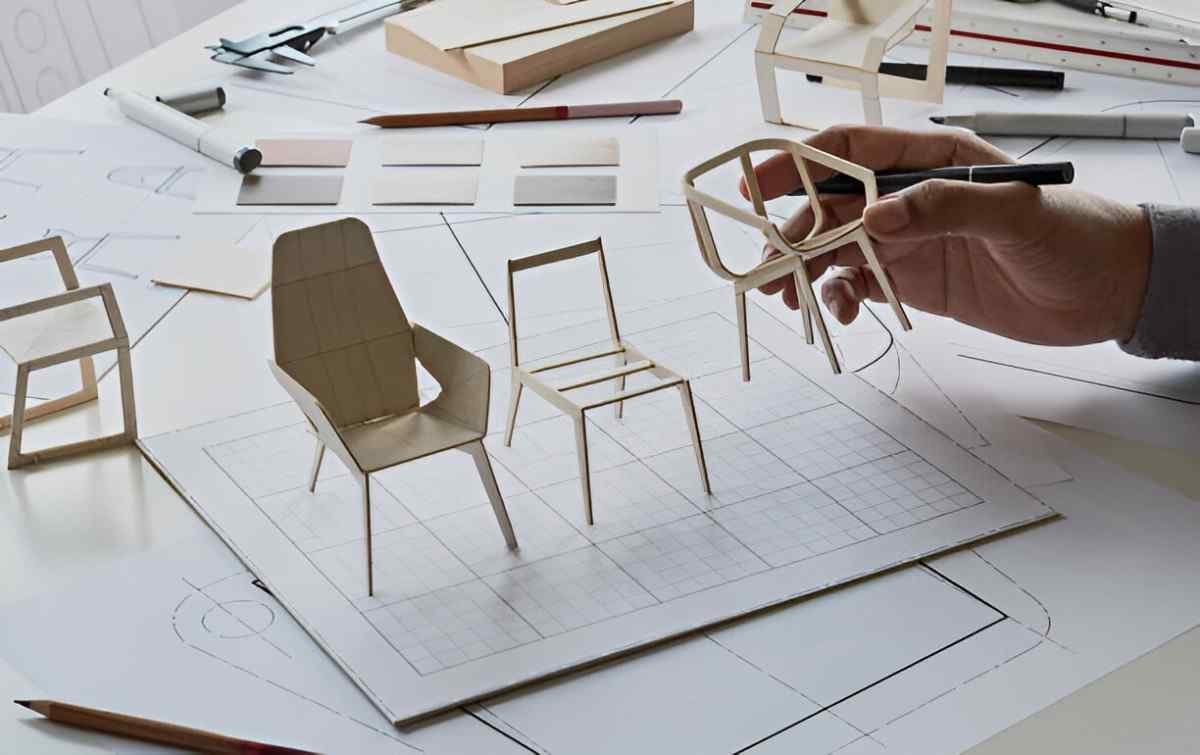Product layout is a fundamental concept in operations management and manufacturing. It determines how a facility organizes its workflow to maximize efficiency, reduce costs, and improve productivity. In this guide, I will break down everything you need to know about product layout, from its core principles to real-world applications.
Table of Contents
What Is Product Layout?
A product layout, also called a line layout, arranges workstations in a sequence that matches the steps required to manufacture a product. This setup is common in assembly lines, where each station performs a specific task before passing the product to the next station.
Key Characteristics of Product Layout
- Sequential Flow: Workstations follow a fixed order.
- Specialized Equipment: Each station has tools for a specific task.
- High Volume Production: Best suited for standardized products.
- Low Flexibility: Changing the product design may require layout modifications.
Types of Product Layouts
Not all product layouts are the same. The best choice depends on the production needs.
1. Straight-Line Layout
Workstations are arranged in a single straight line. Common in automotive assembly plants.
2. U-Shaped Layout
Workstations form a U-shape, allowing workers to move between stations easily. Reduces walking time.
3. Parallel Layout
Multiple identical lines run side by side. Useful when demand exceeds a single line’s capacity.
4. Modular Layout
Workstations are grouped into modules, each handling a sub-assembly. Common in electronics manufacturing.
Advantages of Product Layout
- Efficiency – Minimizes movement between workstations.
- Lower Labor Costs – Workers specialize in one task, reducing training time.
- Faster Production – Reduces idle time between operations.
- Easier Supervision – Managers can monitor the entire line at once.
Disadvantages of Product Layout
- High Initial Cost – Requires specialized machinery.
- Inflexibility – Difficult to adapt to new product designs.
- Worker Monotony – Repetitive tasks can reduce morale.
- Bottlenecks – One slow station can delay the entire line.
Mathematical Modeling of Product Layout
To optimize a product layout, we use mathematical models to minimize inefficiencies.
Line Balancing Problem
The goal is to assign tasks to workstations so that idle time is minimized. The formula for cycle time (C) is:
C = \frac{\text{Total Production Time}}{\text{Demand}}Example Calculation:
If a factory operates 480 minutes a day and needs to produce 240 units:
Efficiency Calculation
Efficiency (E) is given by:
E = \frac{\sum \text{Task Times}}{N \times C} \times 100Where:
- N = Number of workstations
- C = Cycle time
Example:
If total task time is 10 minutes, with 5 workstations and a cycle time of 2 minutes:
Product Layout vs. Process Layout
| Feature | Product Layout | Process Layout |
|---|---|---|
| Flow | Sequential | Functional grouping |
| Flexibility | Low | High |
| Best For | Mass production | Custom orders |
| Cost | High setup cost | Lower initial cost |
Real-World Applications
Automotive Industry
Car manufacturers like Ford and Toyota use product layouts to streamline assembly.
Electronics Manufacturing
Companies like Apple use modular layouts for iPhone production.
Food Processing
Fast-food chains like McDonald’s use product layouts for burger assembly.
Optimizing Product Layout
1. Workstation Balancing
Ensure no station is overloaded while others are underutilized.
2. Automation
Use robotics to speed up repetitive tasks.
3. Lean Manufacturing
Apply Just-In-Time (JIT) principles to reduce waste.
Future Trends
- Smart Factories: IoT-enabled layouts for real-time adjustments.
- 3D Printing: Could decentralize production, reducing reliance on fixed layouts.
Conclusion
Product layout is a powerful tool for high-volume manufacturing. While it has limitations, proper optimization can lead to significant efficiency gains. By understanding its principles, businesses can make informed decisions to enhance productivity.





